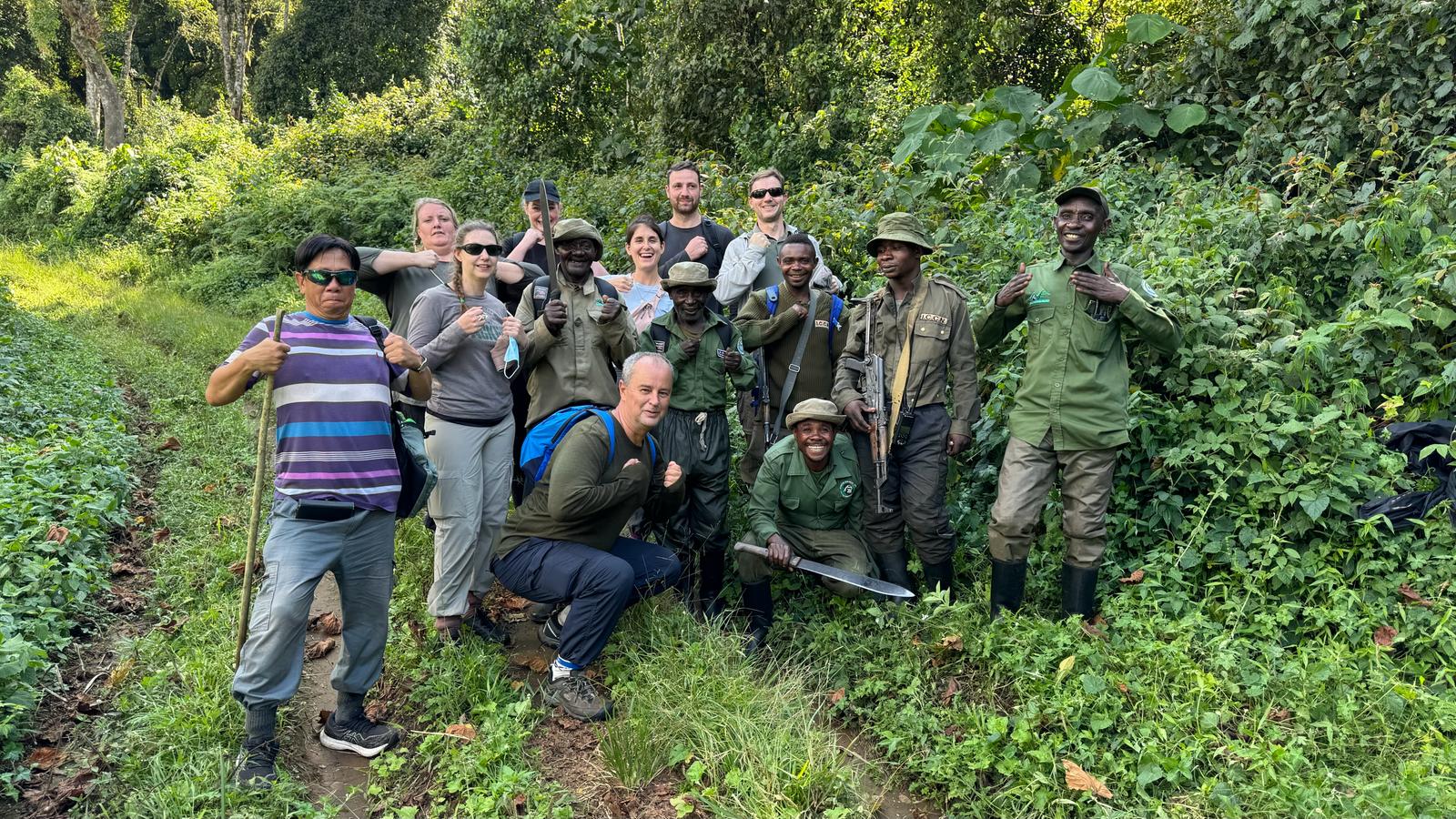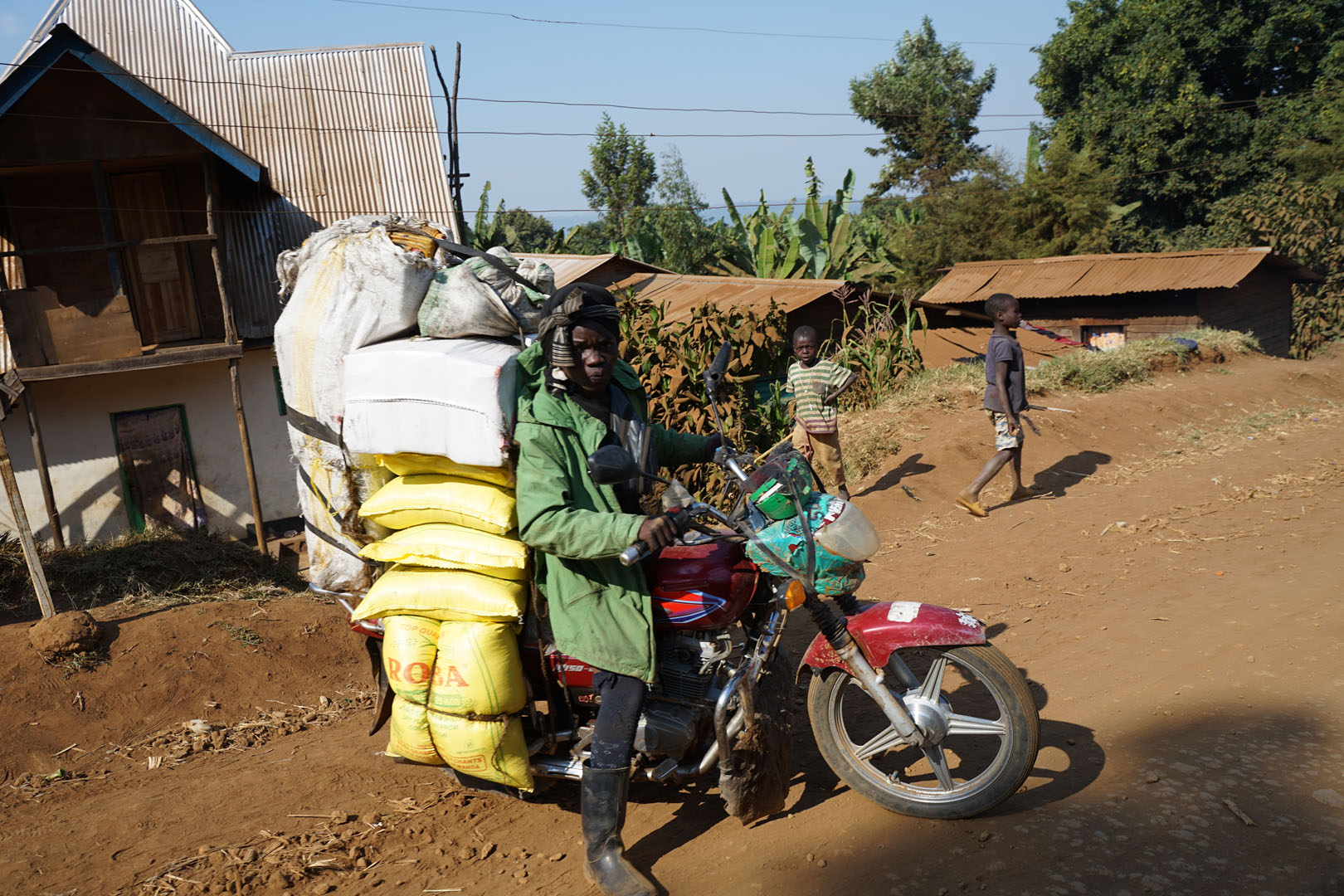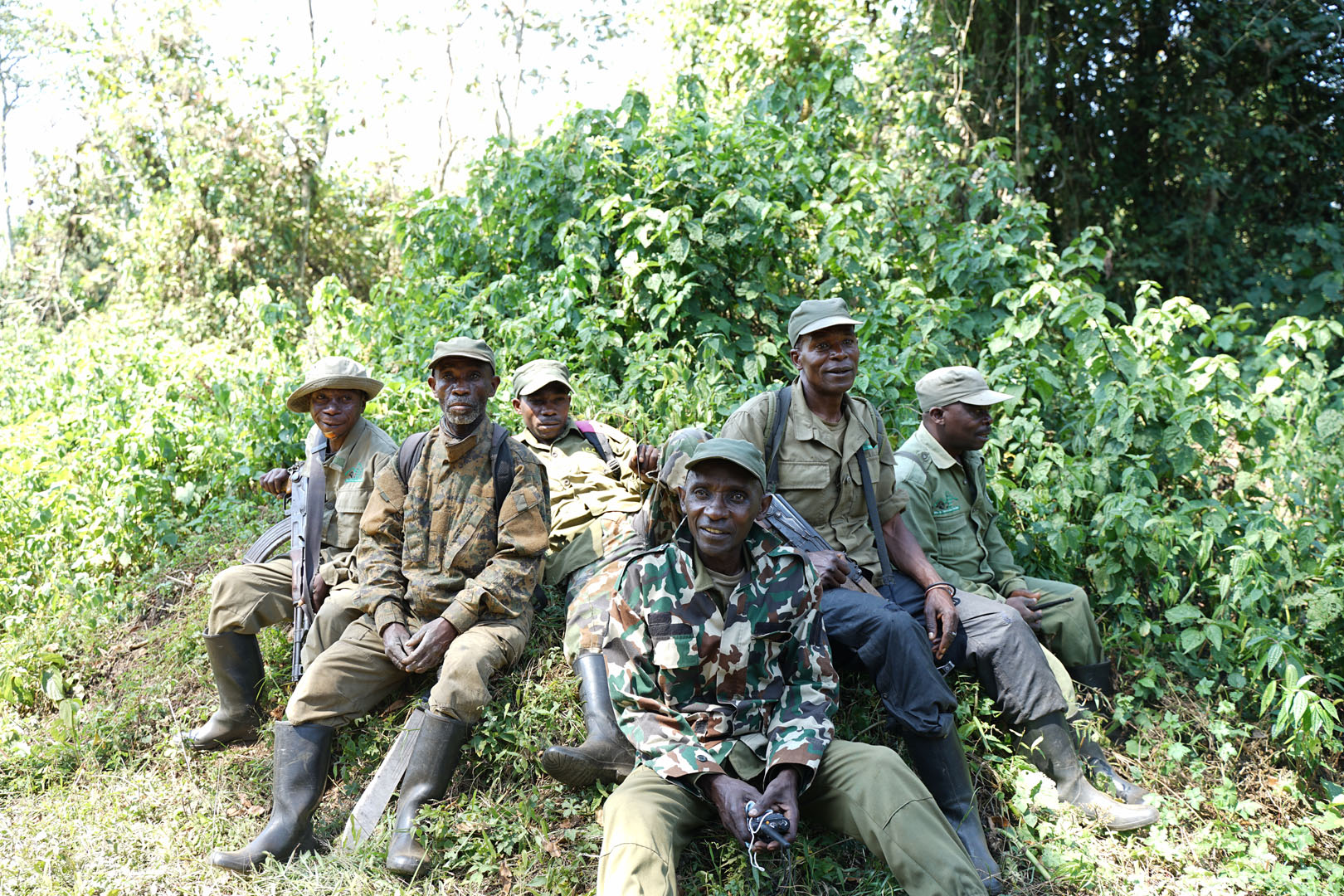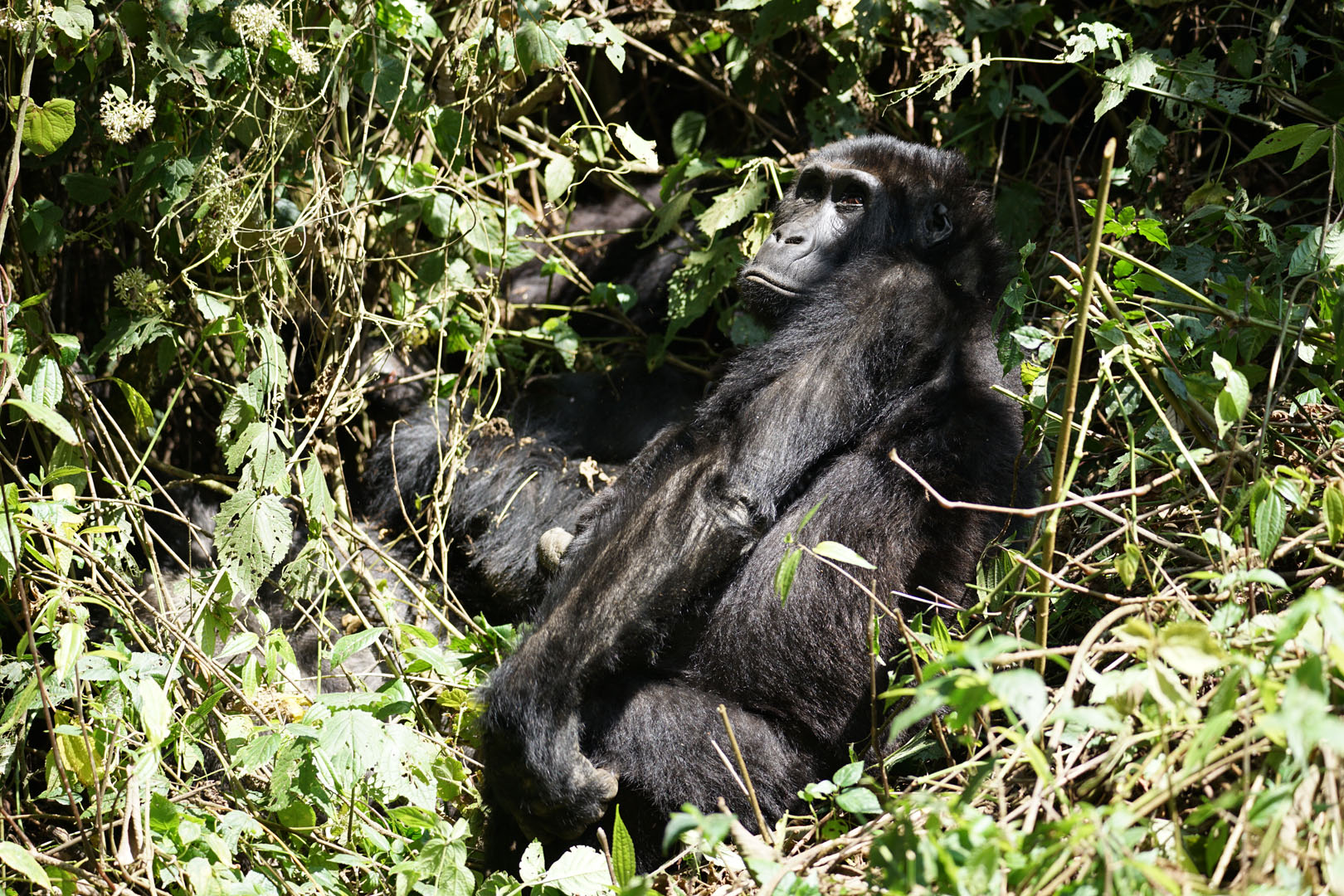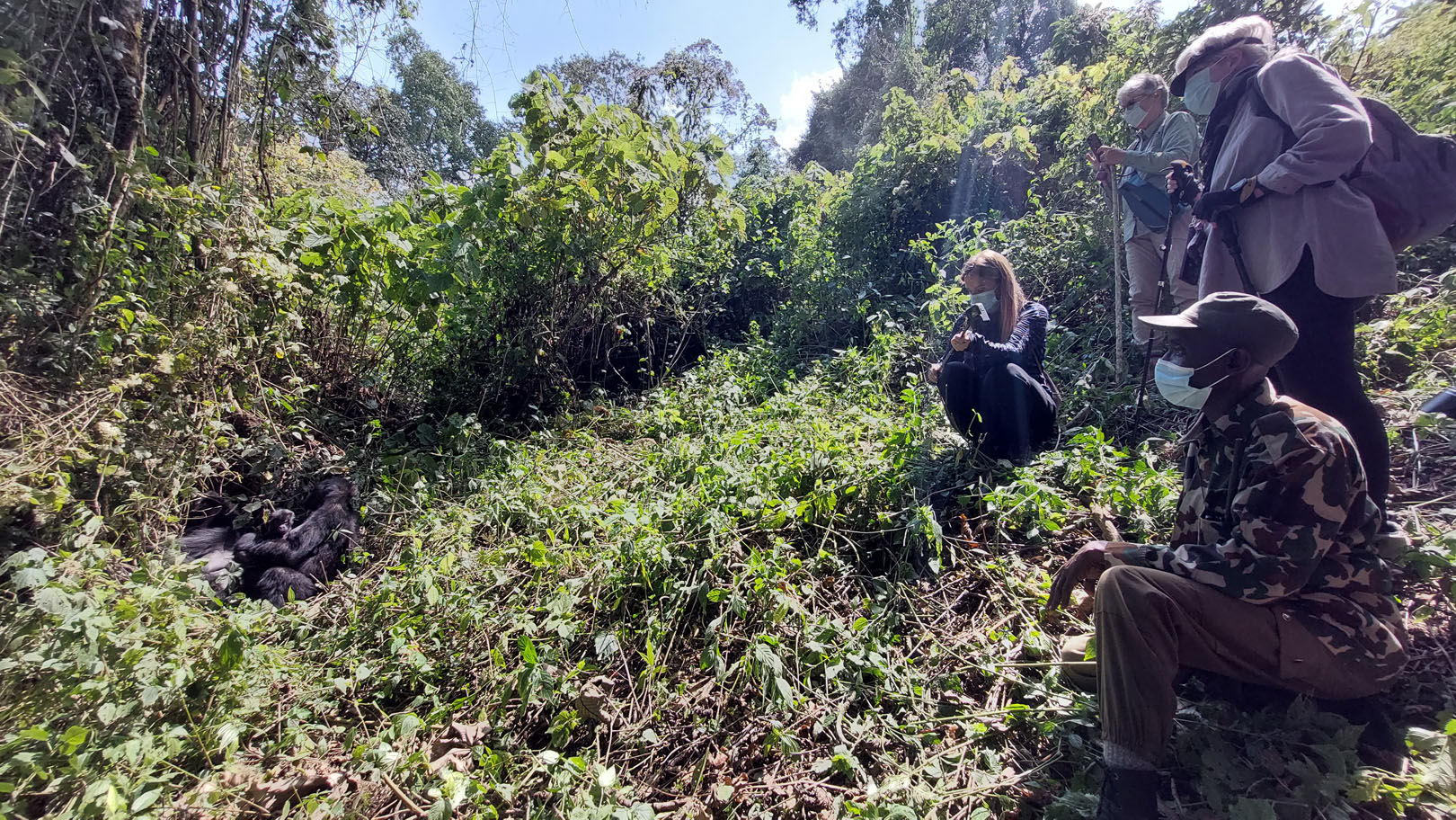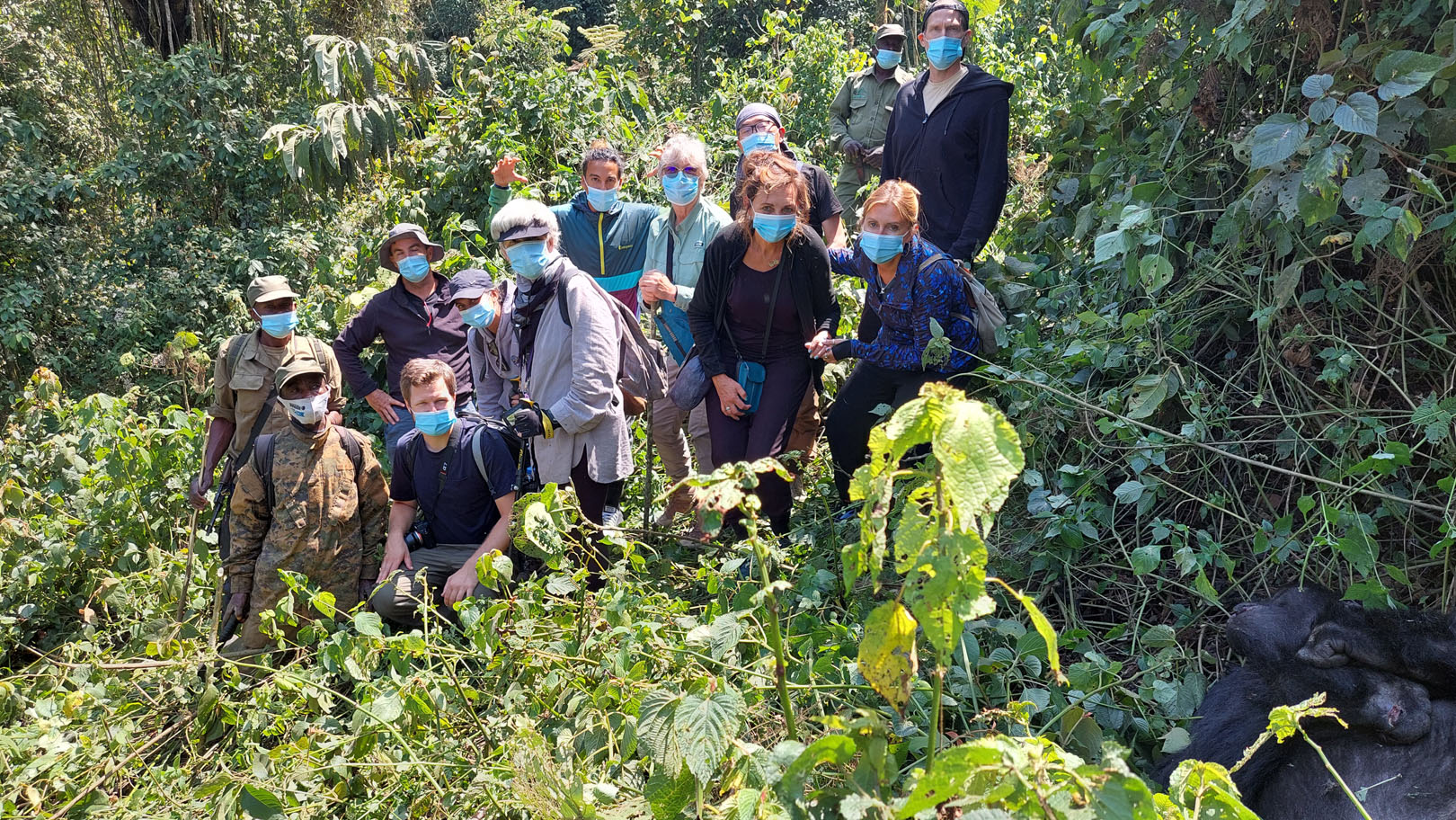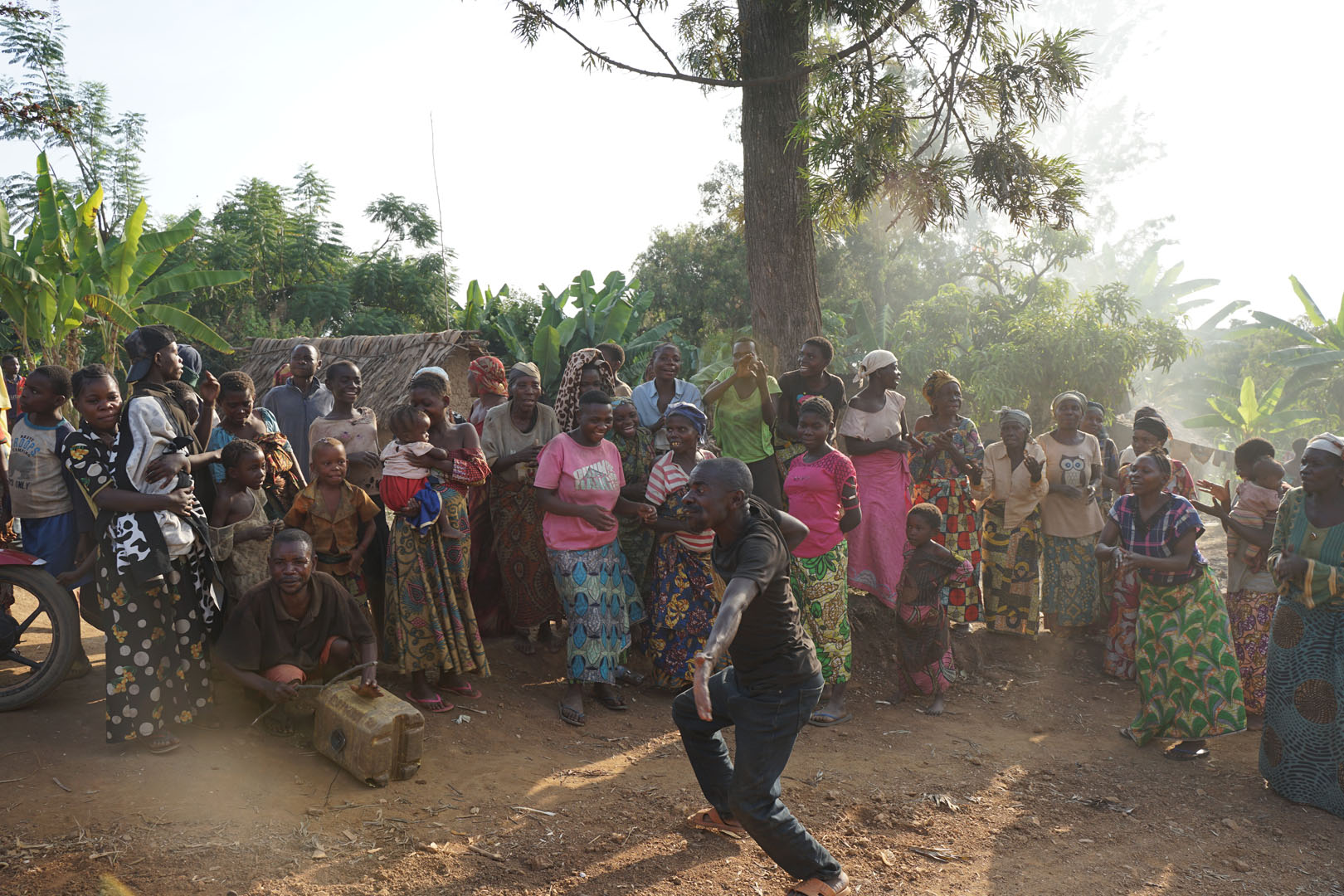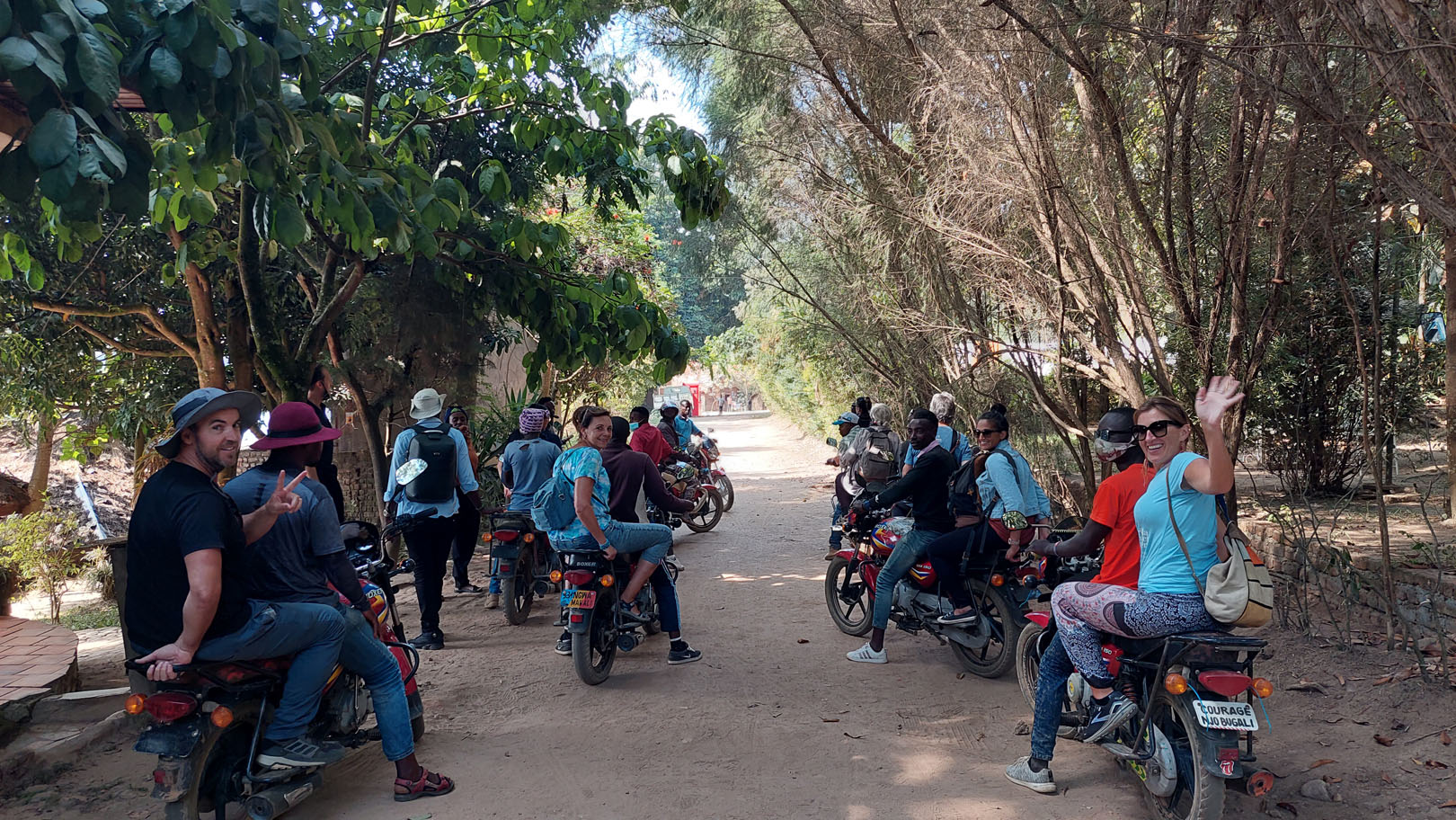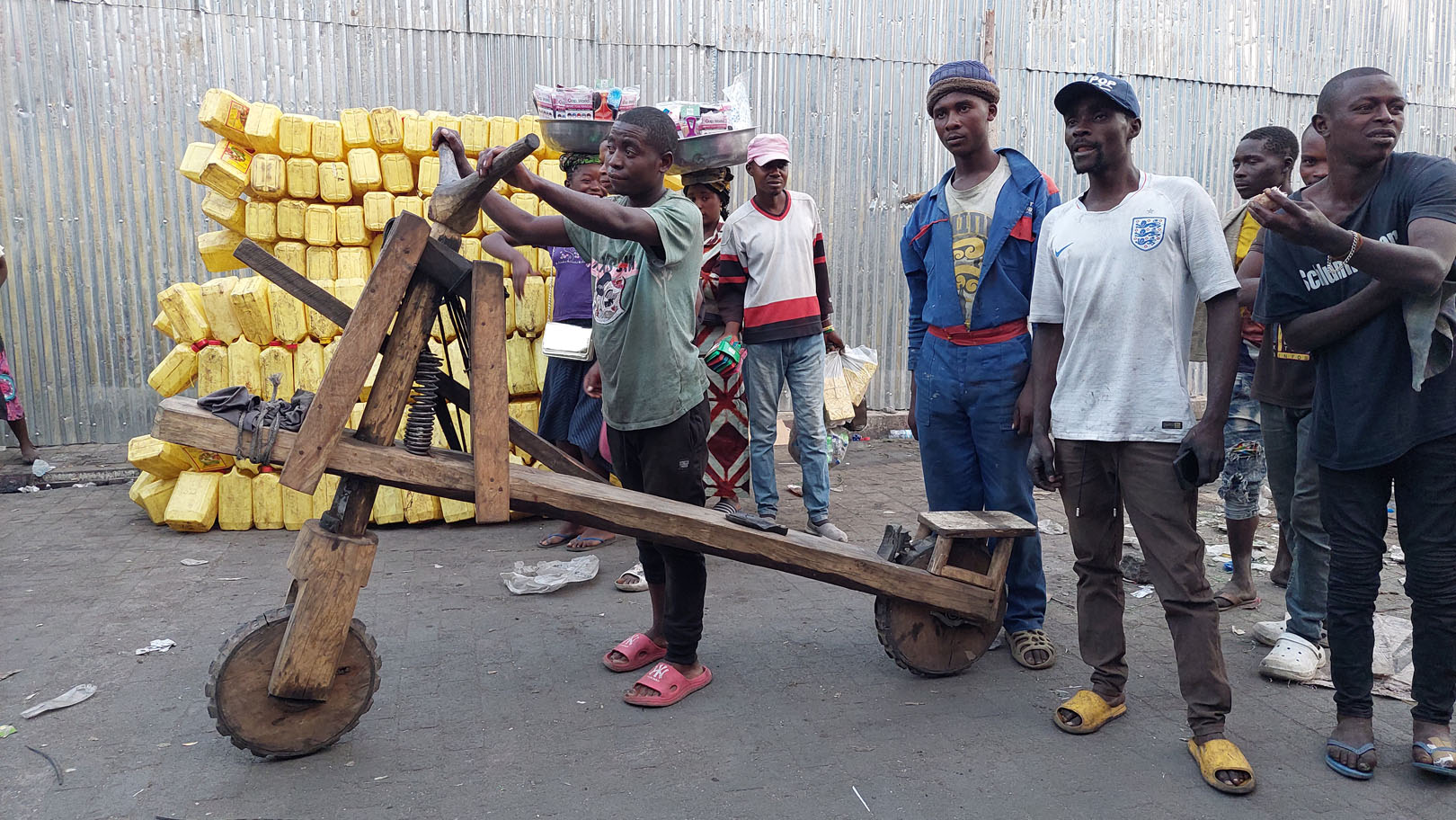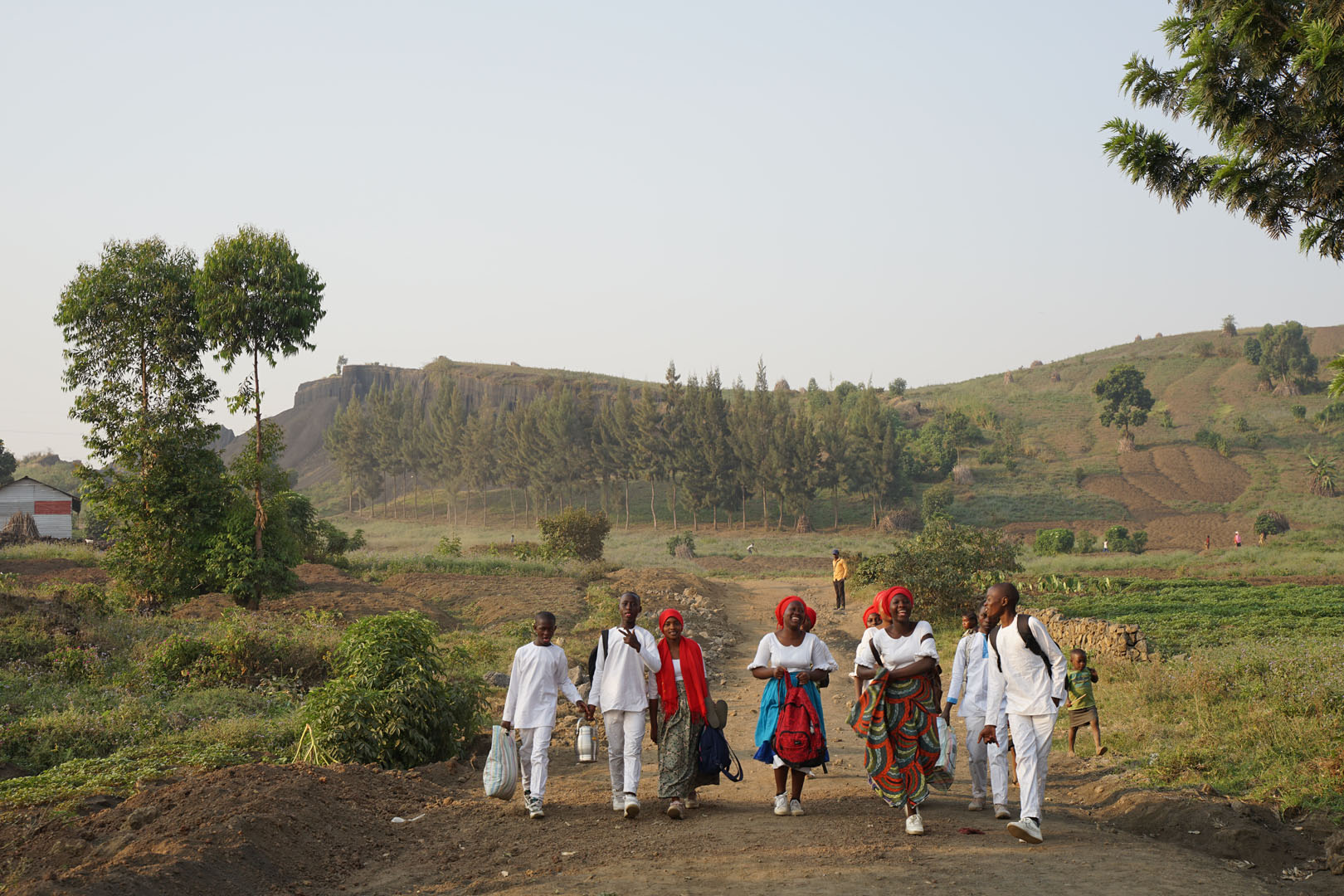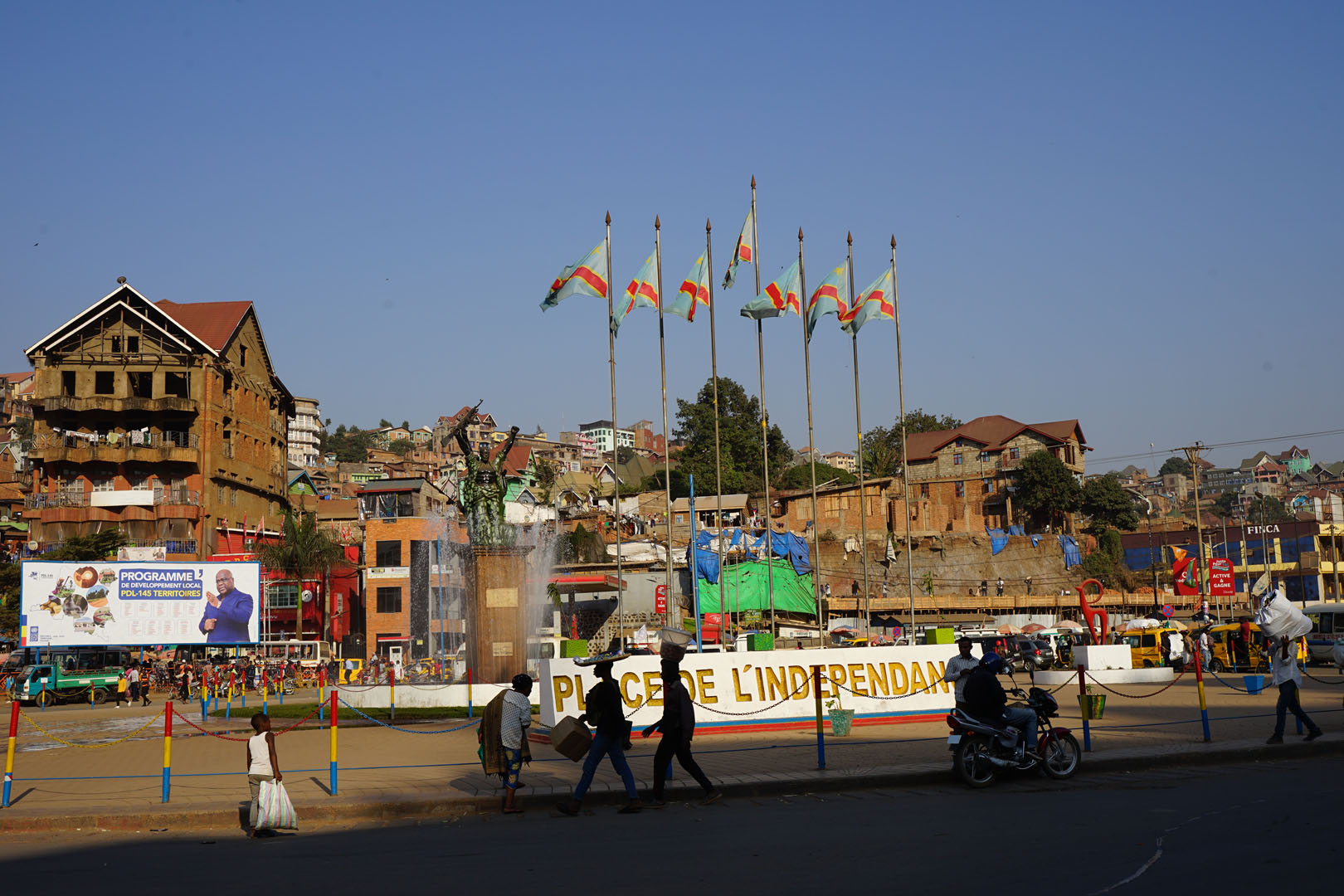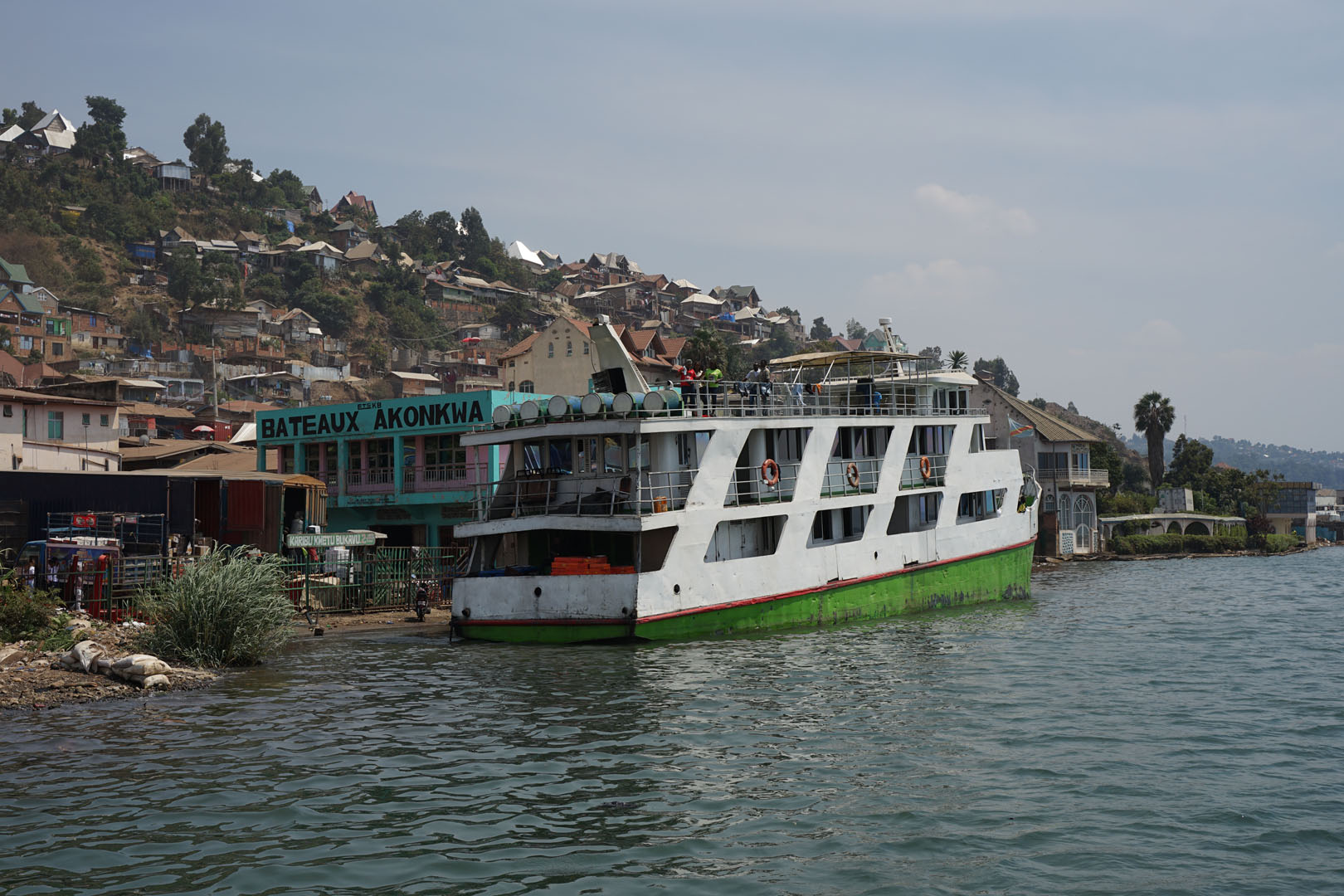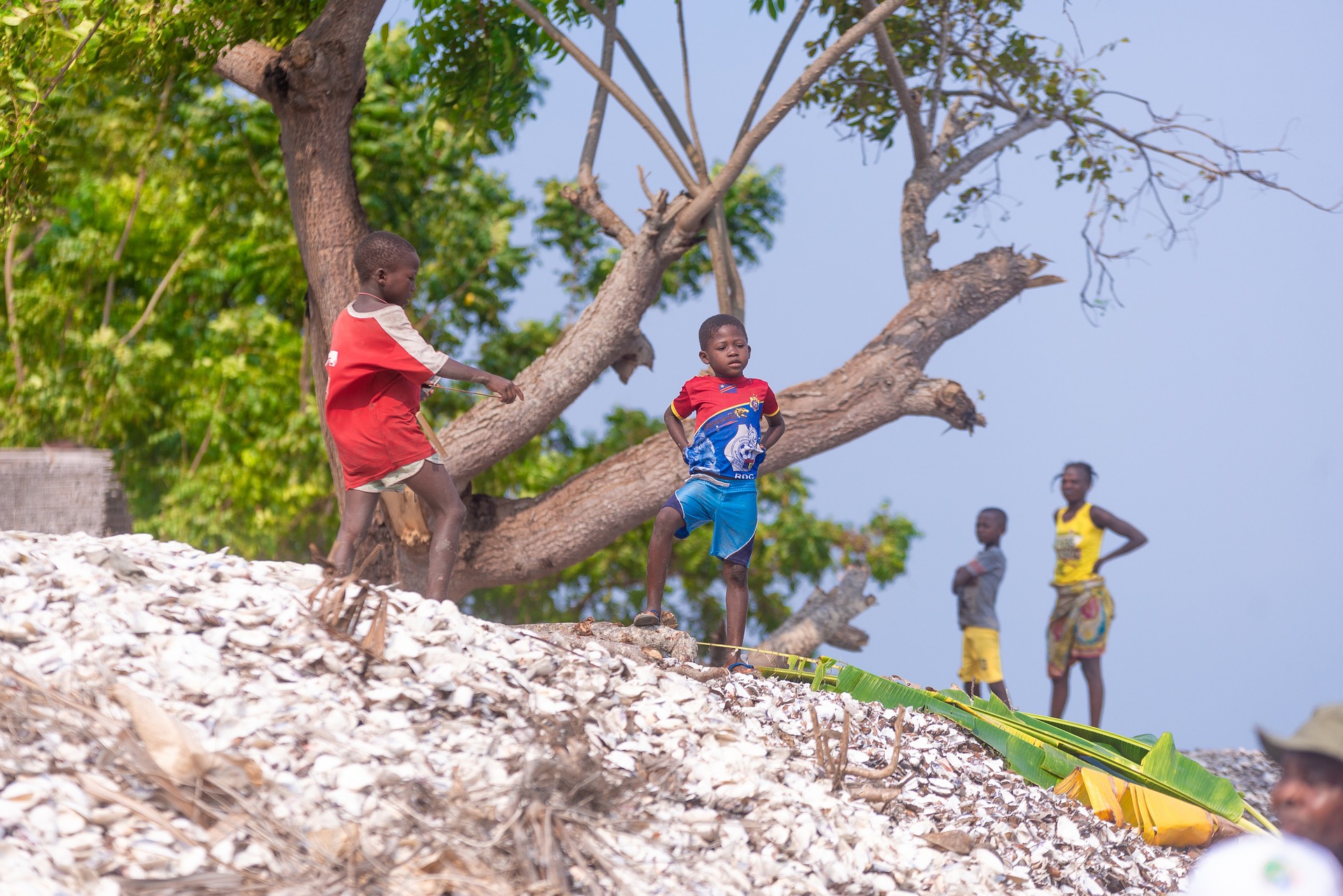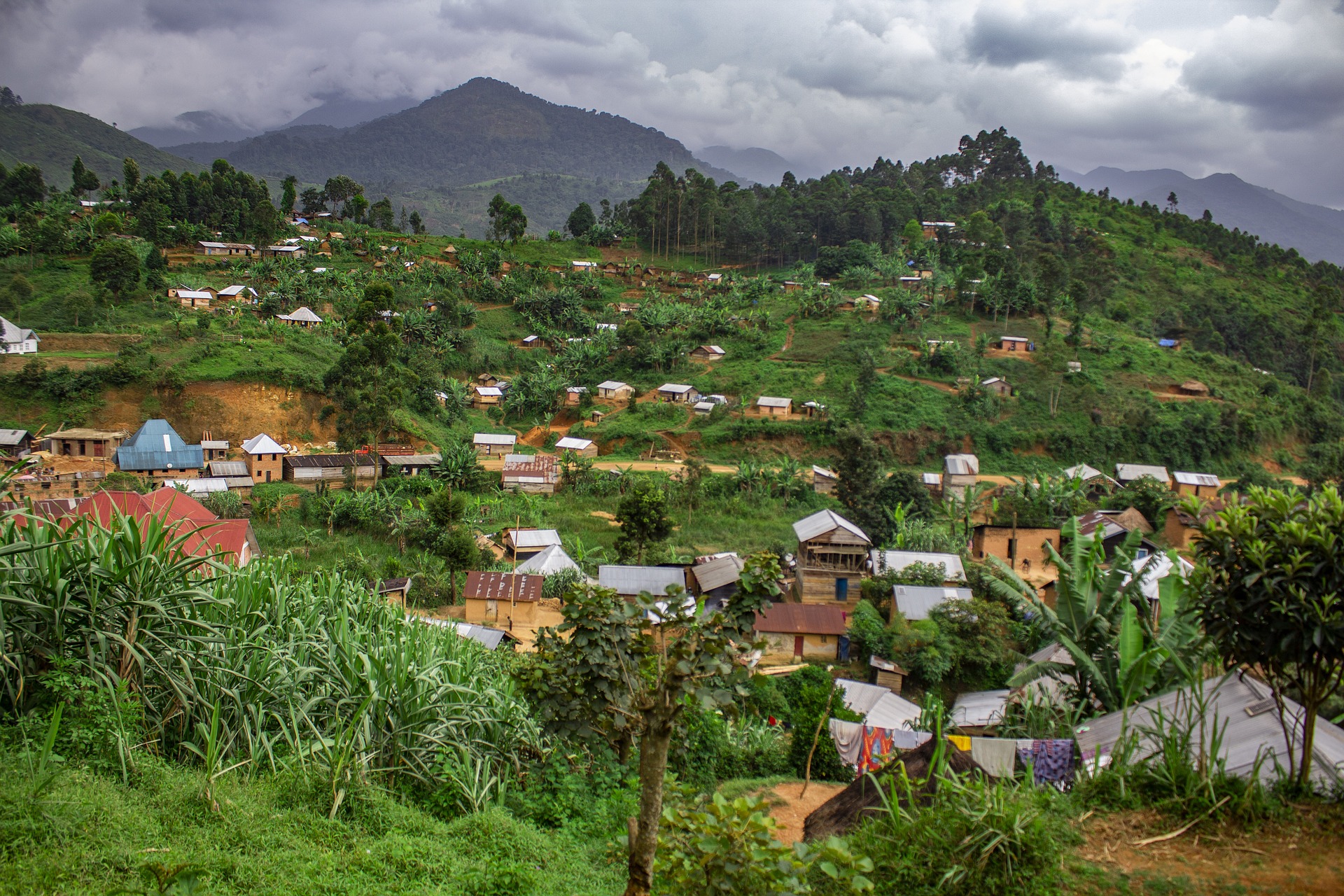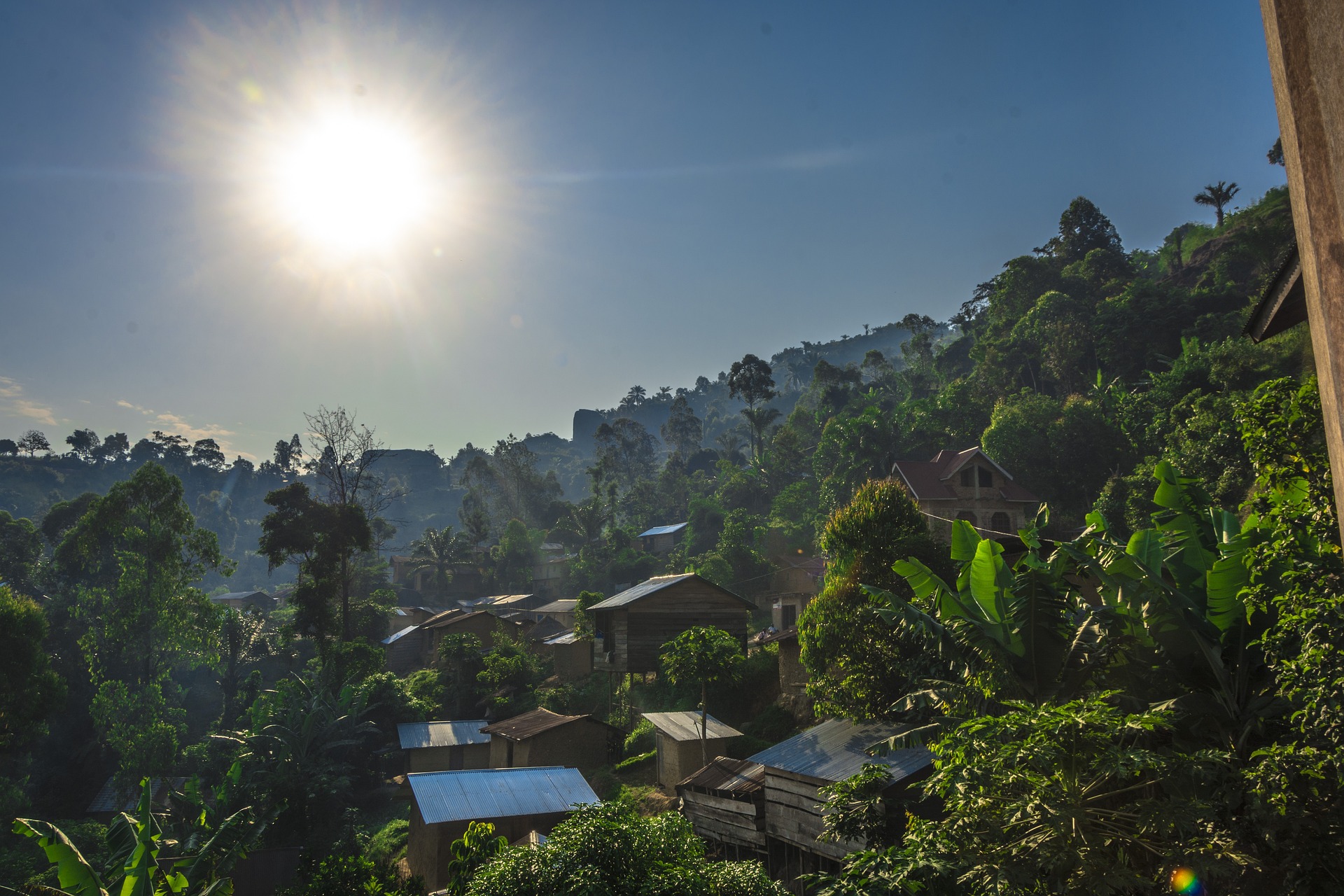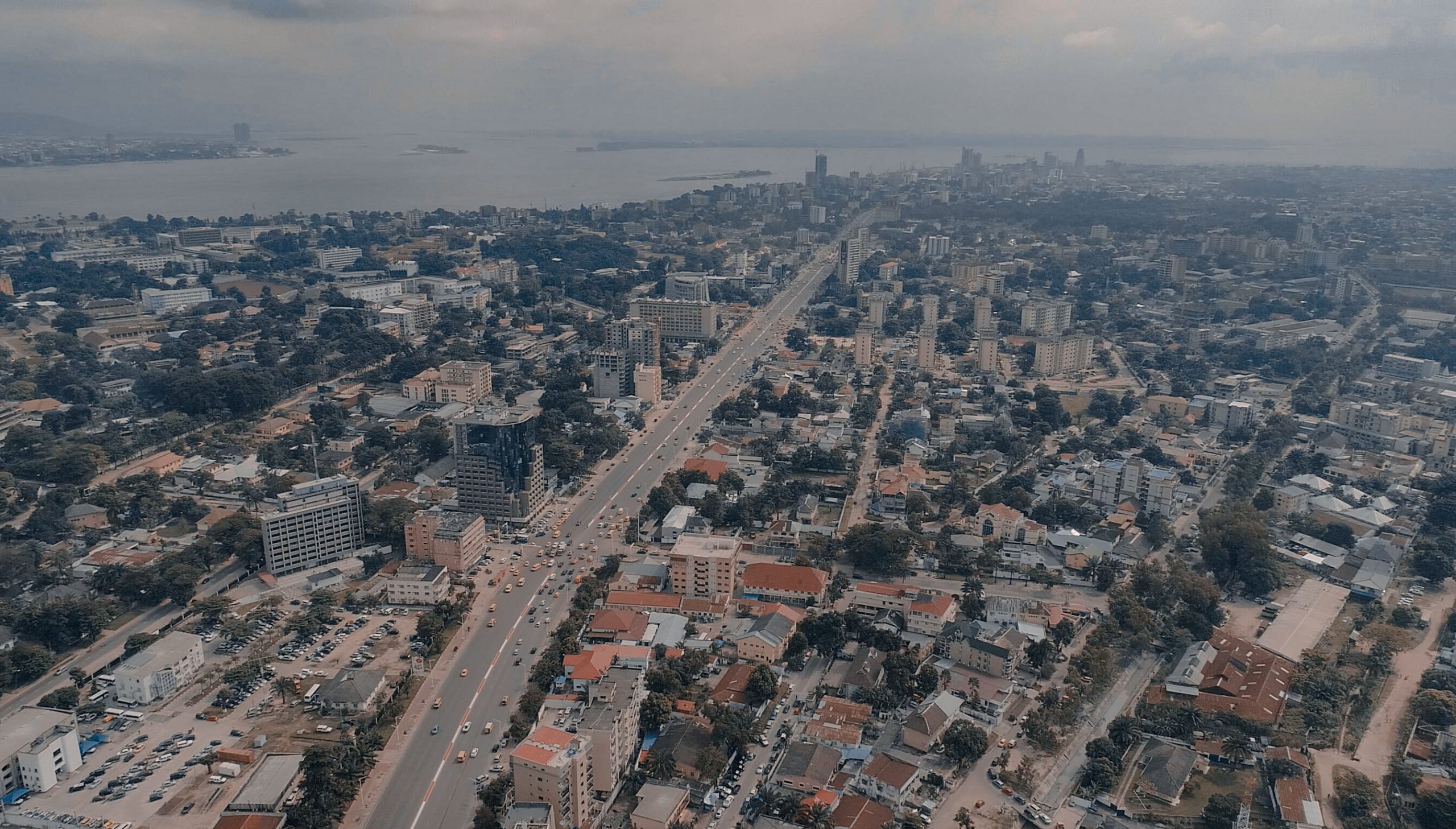YPT Tours to Democratic Republic of the Congo (Congo-Kinshasa)
Our DRC Tours are a getaway to aa hidden gem waiting to be discovered. With its lush rainforests, cascading waterfalls, and abundant wildlife, the DRC offers a unique and unforgettable travel experience. YPT has been offering DRC tours since 2023, both as a standalone destination and as part of our wider combo tours to neighbouring Central African countries.
The Democratic Republic of the Congo (DRC) – the second-largest country in Africa and the most populous French-speaking nation in the world – is home to 250 ethnic groups and boasts some of the most breathtaking, untouched natural landscapes on the planet. Despite enduring political instability, corruption, ethnic conflicts, and eccentric dictators, the Congolese have persevered. Today, it offers the most intrepid travellers a wealth of opportunities for exploration and adventure.
For our page dedicated to Congo-Brazzaville tours (Republic of the Congo), click here.
Group Tours to DRC Congo-Kinshasa
Currently, there are several opportunities to travel with YPT to DR Congo!
Experience the best of the DRC alongside its “twin,” the Republic of the Congo. Then, if you don’t feel off the beaten track enough already, continue to the Angolan exclave of Cabinda. This tiny, resource-rich territory was separated from the rest of the country to give the landlocked DRC a sliver of coastline. It’s a tour that has many of our favourite things: weird geography, tons of colonial history, rare wildlife, and the world’s two closest capital cities!
DRC, Congo and Angola Cabinda Tour (December 6th – December 16th, 2026), €2345 – €4995
Independent DRC Tours
If your availability does not align with the scheduled tour dates, then YPT can organize a private tour for you. We will plan according to your timeframe and budget and can even craft a bespoke itinerary based on your interests.
Example itinerary for a DRC tour (8 days)
Day 1 – Arrive in Kinshasa
- Start your tour after breakfast in your hotel, located in the centre of Kinshasa. N’djili Airport is the capital’s main entry point and is well-connected to Europe, the Middle East and across Africa. Alternatively, start your DRC adventure by taking the ferry across from Brazzaville, the capital of the Republic of the Congo, and begin your trip in true Congolese fashion!
- Jump straight in by going to the Mausoleum and statue of President Kabila, who ruled the country from 1997 until his assassination in 2001. See if you can notice the resemblance between Kabila and Kim-Il Sung, unsurprising given that the complex was built by North Korea.
- Visit Parc Ngaliema, part of the Presidential residence, and discover the decaying monuments to independence. They tell the violent story of the Congo’s exploration, and once hosted statues of King Leopold II and Henry Morton Stanley.
- Have a leisurely lunch at the restaurant on the Congo River, perhaps trying the delicious local seafood.
- Head to the Central Market, a chaotic affair that sells everything from fresh produce to handmade crafts. With over 62,000 vendors, anything that you cannot get here is simply not worth having!
- Cool off by taking a stroll along the Boulevard du 30 Juin, named for the country’s Independence Day from Belgium. Spanning 8 lanes, this is the main thoroughfare of Kinshasa and links the central station with the city’s financial district and suburbs.
- Dinner at one of the many Belgian-Congolese fusion restaurants in the city. See the result of dishes like moules frites taking on an African flair. Of course, beer and mayonnaise will be in abundance!
- Overnight in Kinshasa.
Day 2 – Kinshasa
- After breakfast, continue your exploration of Kinshasa at the Palais du Peuple. Commissioned by President Mobutu, a leopard skin-wearing kleptocrat who ruled DRC from 1965 to 1997, it was inspired by China’s Great Hall of the People. Today, it hosts the country’s legislative branch.
- Get your fill of excessive government buildings by viewing the Palace of the Nation. Commissioned by the Belgians, this behemoth has hosted many of the most important speeches in Congolese history and now serves as the official presidential residence.
- Admire the art at the Académie des Beaux-Arts**: Discover works by Congolese artists and see students creating new pieces.
- Lunch at a Lebanese restaurant on Boulevard du 30 Juin. Many of Kinshasa’s businesses are owned by the Lebanese community, who have a significant diaspora here.
- The highlight of any visit to the Congo is watching Congo Voodoo, also known as Fetish Wrestling. Combining intense athleticism with ritualistic elements, wrestlers adorn themselves with fetishes and charms before engaging in dramatic, high-energy fights.
- Afterwards, visit the less flamboyant but beautiful Kinshasa Cathedral.
- Meet the Sapeurs, a subculture of men who combine French, Italian, and African high fashion to become the most stylish and dapper gentleman in Kinshasa.
- Try traditional Congolese dishes at Chez Tintin, with one of the best views of the city.
- Overnight in Kinshasa.
Day 3 – Kinshasa – Zongo Falls
- Check out of your hotel after breakfast and pay a visit to Tata Raphaël Stadium. Recently renovated for the Francophonie games, it is famous for hosting the infamous “Rumble in the Jungle” between George Foreman and Muhammad Ali.
- Venture 4 hours outside of Kinshasa towards the Zongo Falls, on a road that hugs the Congo River.
- Enjoy a packed lunch en route before reaching our destination around mid-afternoon.
- We’ll arrive at the perfect time to witness the stunning clouds and rainbows that envelop the falls during golden hour. This 65-meter-high waterfall is where the Inkisi joins the mighty Congo River.
- Check-in, dinner, and overnight at your cozy chalet just down the road.
Day 4 – Zongo Falls – Kinshasa – Goma
- If you’re an early riser, Zongo Falls is equally as stunning at sunrise, so take the short walk down to the river’s edge before breakfast.
- Check out of the lodge and transfer back to Kinshasa.
- Arrive in time for lunch at the Lola ya Bonobo Sanctuary just outside of the city.
- Spend some time with the primates of the Lola ya Bonobo Sanctuary. As the only centre for orphaned Bonobos in the world, this is the best place to learn about conservation efforts to protect this endangered species.
- Transfer to the airport and take a late afternoon flight from Kinshasa to Goma.
- Arrive in Goma, a vibrant city on the shores of Lake Kivu. This city sits right on the Rwandan border and offers stunning views of volcanic landscapes and bustling markets. You are now truly in the heart of Africa!
- Check-in, dinner, and overnight at a luxury hotel on the shores of Lake Kivu.
Day 5 – Goma – Virunga National Park – Goma:
- Today has been planned for you to take advantage of the various activities on offer in Virunga National Park, or you may choose to stay and explore Goma.
- Famously, DRC is one of only 3 countries that host Mountain Gorillas, and the only one where getting a permit to see them could be considered “affordable.” Drive two hours to the edge of the forest and launch straight into a gorilla trek. Over 99% of treks result in a sighting, so afterwards, you will be able to have lunch and relax in the national park before transferring back to Goma.
- Alternatively, you may tackle the formidable Mount Nyiragongo, which towers above Goma. While it’s a technically easy hike, it takes around 6-8 hours, so it will either be an early start or a late finish.
- Dinner and overnight at your luxury hotel in Goma.
Day 6 – Goma – Idjwi Island
- Have breakfast and check out of your hotel, before having a city tour of Goma.
- Goma is a relatively new city, with its population growing from less than 50,000 in 1980 to over 3 million today. The city has absorbed millions of refugees from neighbouring regions and countries due to ongoing conflicts in the area.
- Goma’s charm lies in its remarkable rebuilding efforts. Visit the city’s Central Market, one of the liveliest and most fascinating in Africa. You’ll be captivated by the hundreds of rolls of traditional Congolese fabrics, sold to tailors across the border in Rwanda.
- Head to a local chocolate factory to see one of the most famous legacies of Belgian rule.
- Visit the small but interesting Nord Kivu Museum, which tells the story of this troubled region from the colonial period to the present day.
- Lunch at the Maghalifan Club on the shore of Lake Kivu, where you can try traditional African foods such as plantain and ugali.
- Walk down to the port and say goodbye to Goma. Conflict means that the roads out of the city are blocked, but you’ll hop on a speedboat to take you to your next destination!
- You’ll cover the 100km to Idjwi Island in less than 90 minutes and set foot on one of the most tranquil yet unexplored places in Africa.
- In the middle of Lake Kivu and cut off from the rest of DRC, Idjwi Island has remained peaceful while its neighbours fell apart around it. Today, it has established a commendable ecotourism program, and we will start by transferring to our guesthouse.
- After checking in, you’ll witness the process of making local banana beer (and perhaps even taste some!) before meeting some remarkable women who have been crafting canoes and navigating the lake for centuries.
- Return to the lodge and enjoy some of the best food in Africa.
- Relax and unwind into the evening, and overnight on Idjwi Island.
Day 7 – Idjwi Island – Bukavu
- Enjoy your breakfast at leisure on the terrace, before checking out of the lodge.
- When you’re ready, take a walk around the nearby pineapple plantations.
- Visit the palace of the Mwami (king). The island is divided into two “principalities,” and although no longer independent, the monarchy still commands strong local respect.
- Lunch back at the guesthouse, and then hop on a motorbike to a local Twa village. Once known as Pygmies, they were the first inhabitants of the region. Today, they specialize in making clay pots, and you’ll have a chance to join them in this.
- You’ll say goodbye to the island, before hopping on a speedboat to your final destination, the city of Bukavu at the southern end of Lake Kivu.
- Arrive in the city as the sun sets, and transfer to your luxury hotel just outside of town.
- Check-in, dinner, and overnight in Bukavu.
Day 8 – Bukavu – Kinshasa
- While Bukavu shares much of the same history as Goma, the city has an impressive collection of art-deco buildings left over from the Belgian colonial period. Appreciate these by taking a walk and observing the town hall and churches built in this style.
- After your city tour, have lunch in one of the restaurants occupying the old colonial buildings, before your Congo adventure comes to an end.
- You may choose to transfer to the airport and take the 3-hour flight to Kinshasa.
- Alternatively, cross the border to the neighbouring city of Cyangugu in Rwanda. You may choose to explore Rwanda or transfer 5 hours to Kigali, a local transport hub.
- Alternatively, continue your African adventure by joining us on one of our regular group tours on the continent. We can also arrange for your private tour to continue into neighbouring Uganda, Rwanda, or Burundi.
Bespoke DR Congo Tours
Kinshasa City DRC Tours
Affectionately called “Kin La Belle” (Kin the Beautiful) by locals, Kinshasa might not fit the conventional definition of “attractive” for most yet is one of the fastest-growing and most intriguing cities on the African continent. As the largest Francophone city in the world (sorry, Paris!), it in many ways epitomizes the country it governs – noisy, enormous, chaotic, and utterly unique.
You could spend weeks discovering Kinshasa, so we’ll focus on the highlights by starting at the Mausoleum and statue of the late President Kabila, noting the North Korean design. Sample delicious local seafood on the banks of the mighty Congo River before diving into the chaos of the Central Market, with its 62,000 vendors selling everything imaginable. Stroll along Boulevard du 30 Juin, arriving at the Palace of the Nation, a key historical site and presidential residence. We’ll also schedule a meeting with the stylish Sapeurs, a subculture blending French, Italian, and African fashion. If you’re lucky, you may even catch a performance of the dramatic Fetish Wrestling, also known as Congolese Voodoo.
Ghosts of Mobutu DRC Tours
Mobutu, as the leader of the DRC from 1965 to 1997, was so notorious that he is still recognized by just his last name decades after his death. He renamed the country Zaire and pursued an Authenticité campaign to eliminate European influence, all while using the nation as his personal treasury and constructing massive jungle airports for shopping trips to Paris. He epitomizes the meaning of “kleptocracy” like few others in history.
Begin your tour in Kinshasa, exploring Mobutu’s vanity projects. Visit the stadium that hosted the “Rumble in the Jungle,” the Palais de Peuple built with Chinese credit during the Cold War, and drive outside the city to see Mobutu’s palace and the massive satellites intended to broadcast his ideology globally. The next day, fly to Gbadolite, Mobutu’s hometown, nicknamed the “Versailles of the Jungle.” This remote area, just south of the CAR border, was transformed into a modern city by Mobutu. Spend two days touring the semi-abandoned city, including his 15,000 m² Bamboo Palace, now looted and in ruins. Stay at the crumbling Motel Nzekele, which once hosted the Pope and French Presidents. Even the airport, with its runway long enough for Concorde, is a sight to behold. At the end of your time in Gbadolite, transfer back to Kinshasa for onward connections.
Safari in DRC
Join us for a wildlife safari in Kahuzi-Biega National Park, where you can trek through lush rainforests to encounter the rare Eastern Lowland Gorilla, one of the world’s most endangered primates.
Congo River Adventure
Cruise along the mighty Congo River, the second-longest river in Africa, and explore its diverse ecosystems and riverine communities. You’ll sail through the rainforest, spotting wildlife such as hippos, crocodiles, and monkeys, visit traditional fishing villages and interact with local people, explore the Inga Dams, one of the world’s largest hydroelectric power stations, and witness the breathtaking beauty of the Livingstone Falls.
Historical Tour of Colonial Congo
Discover the fascinating history of the DRC, from the pre-colonial era to the Belgian colonial period and the struggle for independence. On this historical Congo-Kinshasa Tour, you’ll visit the colonial city of Léopoldville (now Kinshasa) and explore its historic buildings and museums; learn about the brutal legacy of King Leopold II’s rule in the Congo Free State, and pay tribute to the heroes of the Congolese independence movement.
Filming in DRC tours
Through our media arm Pioneer Media we can make arrangements for productions, journalists, or others to film within DRC from big budget to guerrilla productions. We can also arrange meetings in country, as well as correct visas for journalist wishing to do projects within DRC.
Frequently Asked Questions about travel to the Democratic Republic of Congo
Despite rumours of an incoming e-visa system, it is still required to apply for a tourist visa at your nearest Congolese embassy. Thankfully, you are not required to visit the embassy in person but can instead mail your application to them. We will help you with this, but you will be required to send the following:
1) One visa application form. This varies at each embassy, but here is an example.
2) One passport-style photograph (5cm x 5cm) taken within the last 6 months.
3) Payment addressed to the Embassy of the Democratic Republic of Congo. (the details of this vary according to country, and we will advise you according to location)
4) Invitation letter from the tourist agency. (we will provide this)
5) A copy of your yellow fever vaccination card.
6) A copy of the flight itinerary (this does not have to be an actual booking or ticket).
7) A copy of the bio page of your passport, and copies of previous DRC visas (if applicable).
8) A valid, signed passport with at least two blank pages marked “Visas” side by side and at least six months of validity remaining. Please renew your passport if you do not have this.
9) A prepaid mailing envelope for the return of the applicant’s passport. (the details of this vary according to country, and we will advise you according to location)
Visas take around three weeks to be issued and are dependent on authorization being given from the Department of Foreign Affairs in Kinshasa. Visas start at $100 for a single-entry visa lasting 30 days, which will be enough for most visitors. You can read more about the general visa process and the different fees on the website of the Embassy of the DRC in the USA.
It is worth experiencing the unique and spectacular Gunga festival, hosted by the Pende people in the town of Gunga, about 2 hours from Kinshasa. Held on a changeable date in July each year, this celebration of rural culture and the passage of young people into adulthood now attracts participants from over 11 African countries. Christmas and Easter are big holidays, as they are in all Christian countries.
Of course, we stay in constant contact with our local partners, who will determine whether an area is safe or not. For example, while the eastern cities of Goma and Bukavu are relatively stable now, there is always a risk that surrounding conflicts will overspill, and we reserve the right to change any itinerary at short notice for the benefit of your safety.
Other hazards include poor transport conditions and crime. We ensure the use of the best vehicles and drivers and only utilize boats and airlines that we have determined to be safe. Although the situation has improved, the crime rate remains high in cities such as Kinshasa and Goma. Therefore, we urge you to take common-sense precautions and heed advice on which areas to avoid and at what times. Additionally, please be respectful when discussing conflict in Congo, as you will likely meet people directly affected by the violence that has impacted (and continues to impact) the country. Conflicts from neighbouring countries like Rwanda, Uganda, and South Sudan have spilled over into the DRC, so take a neutral stance on foreign affairs and aim to listen rather than critique the views of the Congolese you meet.
Unlike some of its neighbours (most notoriously Uganda), the DRC has no laws criminalizing consensual same-sex relations. However, homosexuality is generally seen as immoral in the country, which remains overwhelmingly Christian and socially conservative. It is strongly recommended to keep your sexuality private while in the country. Public displays of affection are utterly inappropriate regardless of who is involved.
In practice, however, the Franc is only used for small transactions. Any transaction of $10 or more is expected to be conducted in US Dollars. Please only bring notes that are crisp and not printed after 2008, or they will likely not be accepted. Euros can be exchanged easily into Francs, although are not used in everyday commerce as USD is. Other currencies are very hard to exchange, and rates will be poor.
In addition to French, Kituba, Lingala, Swahili, and Tshiluba are official languages. These are all Bantu languages and act as the vernacular in different areas of the DRC. Lingala is prominent in Kinshasa and, as a result, has spread across the whole country. Swahili is used in the east of the country and is also used across the country to communicate with neighbouring countries.
Very few people speak English, and those that do are almost always young, educated Congolese living in Kinshasa. However, all our guides speak fluent English, so you will be well looked after!
We strongly advise having comprehensive travel insurance that covers medical expenses, including evacuation in case of severe illness or injury. Perhaps the biggest health risk in the country comes not from the diseases themselves, but the difficulties in accessing medical facilities of an international standard. While the DRC does have hospitals and clinics in major cities, especially Kinshasa, medical services will be limited in rural areas. We are not doctors, so we recommend talking to your medical professional and checking out our blog post, Seven Essential Health Tips for Globe-Trotters.
Occasionally, such as at the time of national elections, communications to the outside world may be restricted. However, this is rare and never lasts longer than a couple of days. In rural areas and the east of the country, accessing the internet is more difficult although certainly not impossible.
The Congolese postal service is generally reliable, albeit slow. Stamps for postcards cost around 1,000 CDF and take an average of a month to reach Europe.
